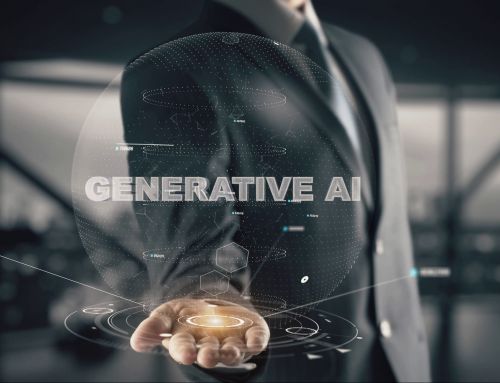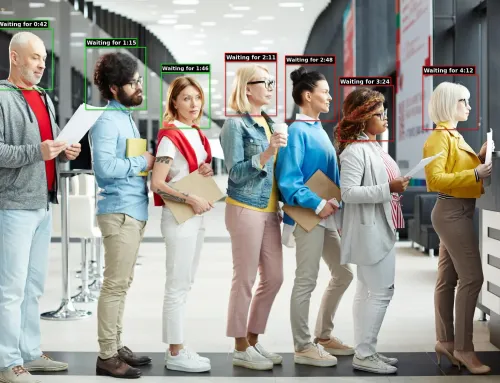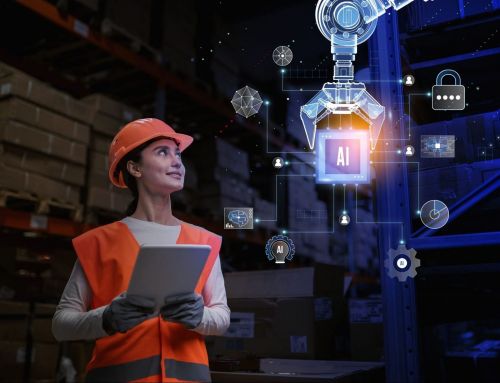AI-Based Video Analytics has experienced exponential growth in the last decade in many areas such as security and monitoring, manufacturing, retail, and quick-service restaurants. This upward trend is likely to continue as the research by Mordor Intelligence estimates that the global AI-Based Video Analytics market will register a CAGR of 33% and become 73.35 billion in 2028 compared to 13.72 billion in 2023.
In this blog, we will discuss the following topics:
- What is AI-Based Video Analytics?
- How does AI-Based Video Analytics Work?
- What are the Benefits of Computing at the Edge?
- What are the System Requirements for Running Analytics?
- Applications of AI-Based Analytics in Different Industries
- What are the Requirements for Running Analytics?
What is AI-Based Video Analytics?
AI-Based Video Analytics is the process of inferencing actionable insights using video images sourced from various types of cameras. This process allows raw video footage to be used dynamically, enabling decision-makers to base their decisions on real-time data rather than subjective opinions or biases.
Every day, thousands of cameras are generating huge amounts of data and imagery which makes it impossible for institutions to allocate enough manpower resources to effectively monitor each of these. Even if there is enough personnel for this task, the monitoring process can be impacted by human-prone factors such as fatigue, misperception, or error. This is where AI-Based Video Analytics comes into play.
Before diving deeper into How AI-Based Video Analytics work, we should be familiar with three core terms: Artificial Intelligence (AI), Machine Learning, and Deep Learning. You can find detailed explanations for them in our “Artificial Intelligence vs. Machine Learning vs. Deep Learning: What are the differences?” article.
How does AI-Based Video Analytics Work?
AI-Based Video Analytics uses Object Recognition technology which leverages Deep Learning. In fact, object recognition is a subset of Machine Vision that deals with how computers see.
Object Recognition is a collection of related tasks to identify an object in an image eventually. To define an object, first, the algorithm classifies it (Image Classification), then locates the object in the image (Image Localization), and finally decides what it is (Object Detection).
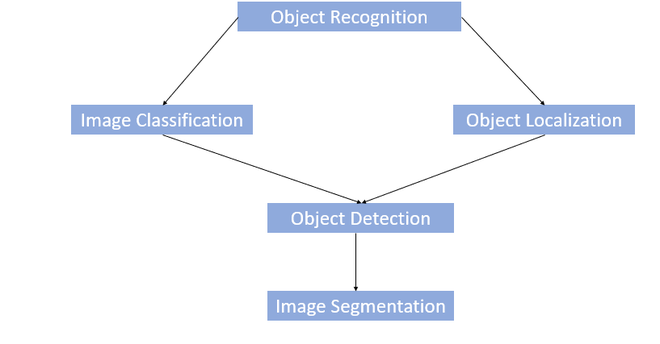
Source: Geeks for Geeks
Object Classification is simply the deciding class of an object in an image. The algorithm finds the targeted object in the image and assigns a class label for it.
Object Localization on the other hand is the process of identifying the location of the object in the image. After locating the object, usually, a bounding box is drawn around it to distinguish it from the rest of the image.
Finally, Object Detection combines Object Classification and Object Localization and presents the target object to the user. The term Object Recognition is usually used for Object Detection. However, Object Recognition is the broader term, and Object Detection is a subset of it.
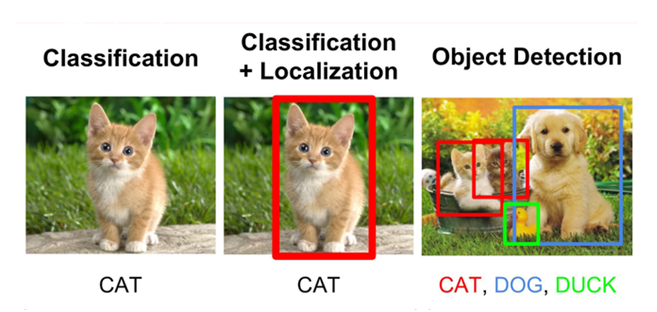
Source: Geeks for Geeks
By the end of the Object Detection process, we get the information about the objects in the image we are interested in, such as humans, faces, dogs, cats, bags, etc.
What are the Benefits of Computing at the Edge?
With the increasing computing power of embedded devices such as the Nvidia Jetson series, it is now possible to process the data at the locations where they have been collected. This approach has many advantages over the server-based solution.
The most obvious advantage is the low latency. Most of the time devices need instant response from the Video Analytics software to decide immediately. For example, an autonomous vehicle must see an individual in front of it instantly to take necessary action to avoid an accident. Computing at the Edge for this scenario is vital since transmitting data between a server and the device may take too much time even if we assume that there is an always stable connection.
Also, computing at the edge requires no internet connection to make inferences. Everything needed to get the result is present at the edge, such as software, hardware, and sensors. This concept enables Video Analytics to run in remote locations where connectivity is not possible. Even if the result of the inference is needed in a different location, only the necessary data will be sent to the server which limits the usage of bandwidth capacity. This will reduce the data transfer costs and energy consumption.
Finally, computing at the edge increases privacy and provides more security to users. Since the data is processed at the location where it is collected and is not transmitted through the Internet, the security risks are significantly reduced. This advantage is also important when Video Analytics is conducted for military or official purposes and the servers are outside of the country.
However, if users are comfortable with the latency, internet connection, and security and privacy concerns, they may also choose to run the video analytics on a server.
Applications of AI-Based Analytics in Different Industries
Today, AI-Based Video Analytics are used across many different industries for various purposes. Growing demand for it also suggests that it will continue to gain popularity in the future.
Security and monitoring is the leading sector for AI applications for both official and private purposes. You can also see many different industries that are leveraging AI Applications including retail, transportation, manufacturing, banking, infrastructure, healthcare, mining, education, telecommunications, etc.
There are also many different use cases for varying industries. To name a few, it can be used for detecting people in prohibited areas. Also, it can be used for reading license plates and detecting speeding vehicles, allowing or blocking vehicles from entering a car park or a site. Another use case may be detecting unusual or suspicious objects such as an unattended bag in an airport, falling people, or recklessly left tools in a factory. Smoke and fire can be detected as soon as they start to prevent the threat before it has grown seriously. Factories can use AI for quality control and Quick Service Restaurants for counting the customers to adjust their staff accordingly. The list may grow further and is only limited to your imagination and needs. However, I think these examples are enough to get an idea about the use cases of AI in various industries.
What are the Requirements for Running Analytics?
To run Video analytics you need a powerful hardware system and accurate software.
For the hardware side, unfortunately, there is no single answer for the specifications of a system. The requirements depend on many different factors such as the number of sensors, the scale of the model, the number of objects to be detected, etc. Hence, each project must be considered within its specific situation. However, this does not mean that we cannot provide some general recommendations for hardware that is intended to run AI Analytics.
To begin with, a powerful processor is vital as Video Analytics require advanced image processing capabilities. As explained above, this problem was solved with GPU technology, and many systems on the market include GPUs. Also, an ample amount of storage and RAM is necessary to handle large amounts of data.
Today, many companies offer various hardware solutions to run AI software seamlessly. One of the leading products in the market is the Nvidia Jetson Series. Nvidia Jetson is a series of embedded computing boards that are small form factor and high-performance computers. These embedded systems include CPU, GPU, Storage, and Memory. There are many different products within the Nvidia Jetson Series, such as the Orin or Xavier series, to support various AI needs. Many companies provide out-of-the-box Jetson solutions for AI needs. Other than Jetsons, you can integrate a GPU into your existing system, if not included, and use your hardware for AI purposes. If you need a more powerful system, there are also customizable power stations available on the market. You can check the website of Open Zeka for detailed information about Jetson Modules and other solutions for your needs.
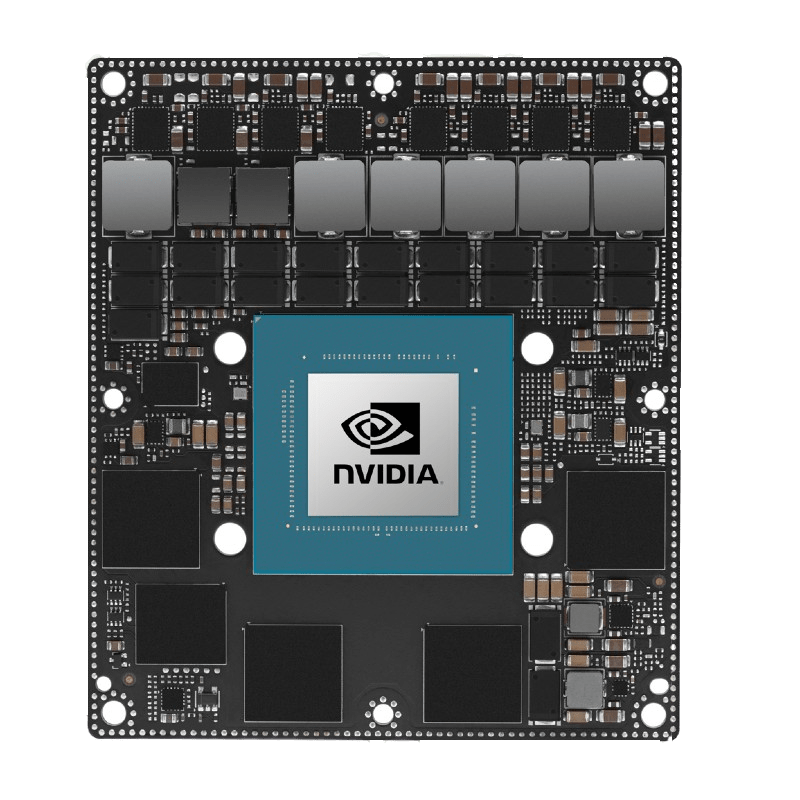
NVIDIA Jetson AGX Orin Module
Another component for running AI-Based Video Analytics is an accurate AI Inference Platform. These platforms also offer out-of-the-box software solutions for AI needs. Cordatus is a No-Code AI Inference Platform that you can register and begin using instantly with the ready-to-use models on the platform such as face, people, and vehicle recognition. You can start using it for free with your existing physical cameras or IP cameras. In addition to ready-to-use models, you can bring your custom models and run them without a hassle. Finally, you can set alarms for specific cases, such as detecting a person in a prohibited area, and get instant notifications. You can check the website of Cordatus for detailed information about this amazing AI Platform.
In conclusion, AI-Based Video Analytics is a rapidly growing field and is expected to grow exponentially in the future. It is the process of inferencing actionable insights using video images sourced by various types of cameras by leveraging various technologies such as deep learning, object recognition, and data analytics. There are many advantages of processing the data at the edge such as low latency and privacy concerns and many industries are using Video Analytics for their different needs. Also, it is really easy to find hardware and software solutions in the market for varying needs and at really affordable prices.
We hope you enjoyed our post on AI-Based Video Analytics. But we’d love to hear from you: Did you like our blog? How could we make it better? Are there any other topics you’d like to see included here? Also, we are expecting you to join the Cordatus AI Platform and enter the amazing world of AI in just seconds.


